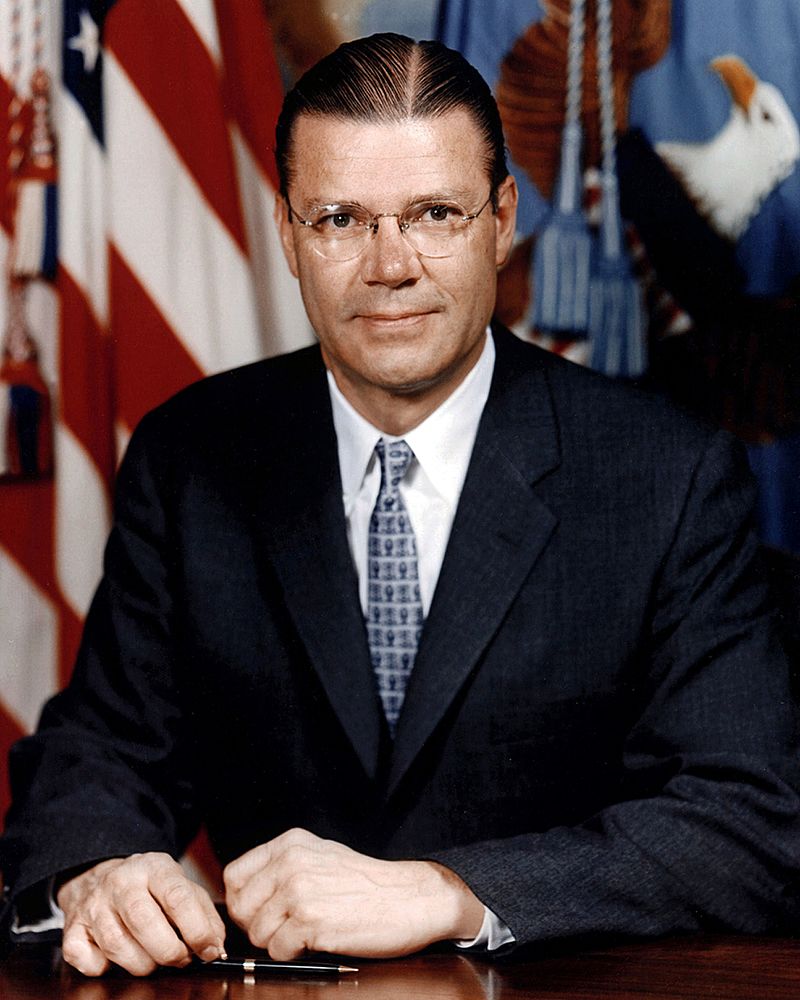

Gregory Hamilton’s revealing book examines the Project 100,000 personnel selection policy introduced by Secretary of State of Defense Robert McNamara during the Vietnam War. The programme formally accepted men into the army who were previous ‘disqualified for military service under previous mental [and physical] standards’ by lowering ‘test score[s] and educational standards’ required for service.[1] The soldiers accepted under this programme were known as ‘New Standards Men’, and he examines the individuals who went through the programme and what impact the policy had.
Hamilton open’s his account with a description of his basic training. He volunteered for the US Army in 1967. While waiting to go to Fort Benning for basic training, a sergeant gave him charge of a soldier called Johnny Gupton. Gupton was illiterate, slow, uneducated, could not tie his boot laces, did not know right from left and could not distinguish the rank of officers or NCOs. Sergeants said that Gupton must never be left alone with a weapon. The NCOs and officers all knew that Gupton could not pass basic training, could not handle his weapon safely and was, as a result, a danger to himself and others.[2] Officially, Gupton was a New Standards Man, but many military leaders called men like him ‘McNamara’s Morons’ or the ‘Moron Corps’. Hamilton met many men like Gupton who had learning difficulties, mental health problems or clear physical disabilities which made them unfit for military service; Hamilton ‘vowed someday to tell their stories’.[3]

The origins of the Project 100,000 were noble. McNamara wanted to get ‘low ability men’ from the urban slums and rural poverty into the army to be made ‘productive citizens’. In 1964, he proposed the plan to get 100,000 men a year through the army to complement President Johnson’s War on Poverty. However, these men could not join the military because they failed the mental aptitude test, but Johnson thought if the entrance standards were lowered, then these ‘second class fellows’, as he termed them, would benefit from army life and be taught a trade.[4]
However, with the outbreak of the Vietnam War in 1965, Project 100,000 became a source of soldiers for the war. As casualties increased, Project 100,000 men were used to replace them. This policy avoided the necessity of turning to other mechanisms to find recruits such as reducing exemptions from service, ending deferments for college students or calling up the million-strong National Guard. Both Johnson and McNamara knew employing any of these measures would have affected affluent, articulate and well-connected middle-class Americans who could have collectively generated considerable political opposition to the war had they, or their sons, being forced to fight.[5]
As a result, many of the Project 100,000 men were sent to fight in Vietnam with disastrous effects for them and the efficiency of the US war effort. Between 1966 and 1971, Project 100,000 recruited 354,000 men of which about half fought in Vietnam. Of this number, 5,478 men died; a fatality rate three times that of other GIs.[6] Project 100,000 men were referred for psychiatric help at ten times the rate of other soldiers, and they had a higher incidence of disciplinary offences than other members of the armed forces.[7] He cites anecdotal episodes of Project 100,000 men on active service. For example, Private Fillmore, from Idaho, ‘had to have everything done for him’ on the rifle range and nearly shot his sergeant.[8] In the 9th Infantry Division, a cook was assigned to a unit ‘who appeared to have Down syndrome’ had to ‘be watched at all times’.[9]
Hamilton’s book is a powerful polemic rather than an
academic work in the manner of George Lepre’s Fragging. However, it is well worth reading and exposes a scandal that
should shock America. At the end Hamilton believes the policy was ‘cruel and
immoral’; men who were unfit to serve were sent into combat while the rich and
well connected – such as Presidents Bill Clinton, George W Bush and Donald
Trump – successfully avoided the draft. He points out that 180,000 Project
100,000 men had dishonourable discharges that carried societal disdain that
could prevent them from getting civilian employment, as well as veteran
benefits such as healthcare. He says ‘unsuitable men were taken into the
military and then returned to society – with stigma – for being unsuitable’.[10]
He concludes that the ‘least intelligent amongst us should never be viewed as
expendable units of manpower, but as fellow sojourners on this fragile earth,
deserving respect and compassion’.[11]
[1] “Project 100,000; New Standards Program” RAND, p.1
[2] G. Hamilton, McNamara’s Folly: The Use of Low-IQ Troops in the Vietnam War (Infinity Publishing, 2015), pp.3-41, 85.
[3] G. Hamilton, McNamara’s Folly: The Use of Low-IQ Troops in the Vietnam War (Infinity Publishing, 2015), p.xiv.
[4] Ibid., pp.94-98.
[5] Ibid., pp.87-93.
[6] Ibid., p.115.
[7] Ibid., p.149. “Project 100,000; New Standards Program” RAND, p.8.
[8] I G. Hamilton, McNamara’s Folly: The Use of Low-IQ Troops in the Vietnam War (Infinity Publishing, 2015), p.139.
[9] Ibid.. p.142.
[10] Ibid., p.196.
[11] Ibid., p.211.

